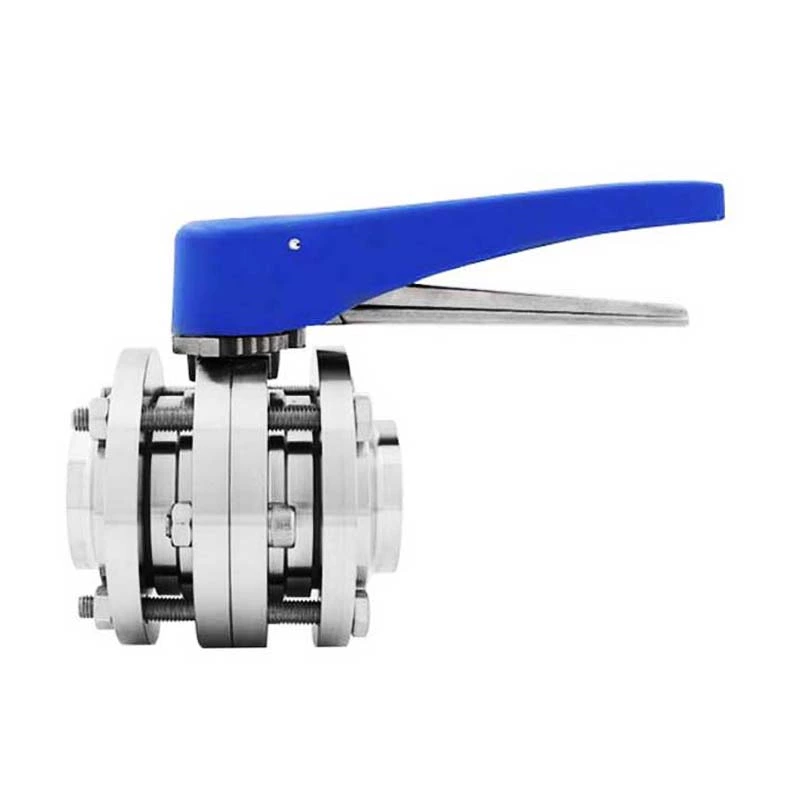Material Analysis Of Sanitary Butterfly Valve Sealing Ring
Sanitary Butterfly Valve Different sealing rings should be selected for different occasions and environments, otherwise the ideal effect will not be achieved. Specific application scope of materials:
1. Synthetic rubber. The comprehensive performance of synthetic rubber, such as oil resistance, temperature resistance and corrosion resistance, is better than that of rubber. Generally, the use temperature of synthetic rubber is t ≤ 150℃, and the rubber is t ≤ 60℃. Rubber is used for sealing valves such as stop valves, gate valves, diaphragm valves, butterfly valves, check valves, and pinch valves with a nominal pressure of PN ≤ 1MPa.
2. Nylon. Nylon has the characteristics of low friction coefficient and good corrosion resistance. Nylon is mostly used for ball valves and stop valves with a temperature of t ≤ 90℃ and a nominal pressure of PN ≤ 32MPa.
3. Polytetrafluoroethylene. Polytetrafluoroethylene is mostly used for stop valves, gate valves, ball valves, etc. with a temperature of t ≤ 232℃ and a nominal pressure of PN ≤ 6.4MPa.
4. Cast iron. Cast iron is used for gate valves, stop valves, plug valves, etc. for gas and oil with a temperature of t ≤ 100℃ and a nominal pressure of PN ≤ 1.6MPa.
5. Babbitt alloy. Babbitt alloy is used for ammonia stop valves with a temperature of t -70~150℃ and a nominal pressure of PN ≤ 2.5MPa.
6. Copper alloy. Common materials for copper alloys include 6-6-3 tin bronze and 58-2-2 manganese brass. Copper alloy has good mo resistance and is suitable for water and steam with a temperature of t ≤ 200℃ and a nominal pressure of PN ≤ 1.6MPa. It is often used for gate valves, stop valves, check valves, plug valves, etc.
7. Chromium stainless steel. Common grades of chromium stainless steel are 2Cr13 and 3Cr13. After quenching and tempering, they have good corrosion resistance. Commonly used on valves for media such as water, steam and petroleum with temperature t ≤ 450℃ and nominal pressure PN ≤ 32MPa.
